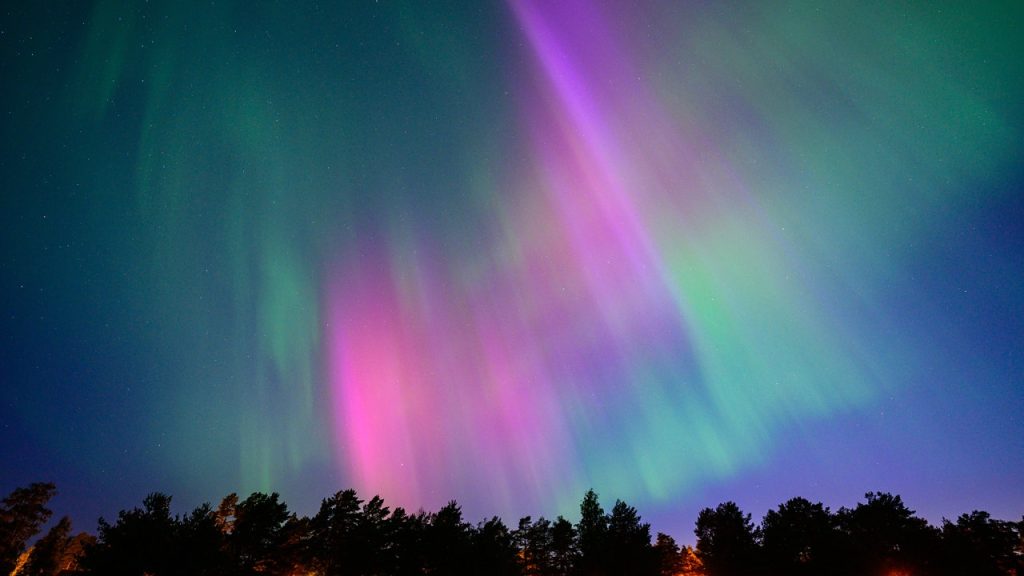Many people dream of seeing the Northern Lights, and there are plenty of places, both in the U.S. and abroad, where you can catch a glimpse of this stunning natural display. In America, places like Priest Lake, Idaho, Fairbanks, Alaska, Lake Superior, Michigan, and Voyageurs National Park, Minnesota are popular spots for viewing the Northern Lights. Scandinavia also offers incredible opportunities to see the lights, with destinations like Swedish Lapland, Jökulsárlón, Iceland, Tromsø, Norway, and Orkney, Scotland being prime locations.
One of the best places to view the Northern Lights in America is Fairbanks, Alaska, which is located within the auroral oval, a region where Northern Lights activity is concentrated. Fairbanks offers dark skies that make it an ideal spot for viewing the lights, and you don’t even need a passport to visit. Lake Superior, Michigan is another great spot in the U.S. for viewing the lights, with its dark night skies along the shoreline providing excellent visibility. Voyageurs National Park in Minnesota is also a good location, as long as the sky is clear and dark.
In Europe, Swedish Lapland is a top destination for viewing the Northern Lights, with the Abisko region offering clear skies and minimal light pollution. Jökulsárlón Glacier Lagoon in Iceland is another unique location to see the lights, thanks to its secluded location and minimal light pollution. Tromsø, Norway, lies within the Northern Lights Oval, making it a popular spot for viewing the aurora borealis. Orkney, Scotland, is yet another place with low light pollution and unobstructed views that make it a great location for seeing the Northern Lights.
When it comes to maximizing your chances of seeing the Northern Lights, factors such as location, timing, geomagnetic activity, and darkness are important to consider. It’s essential to find a location with minimal obstructions for an unobstructed view of the northern horizon. The best time to see the lights is usually in the late evening or early morning, and the aurora is typically most active around midnight. Pay attention to geomagnetic activity and try to view the lights when the aurora is brighter and stronger, which tends to happen when the planetary K index is higher.
To enhance your Northern Lights viewing experience, seek out dark locations away from city lights and make sure it’s a clear night with no clouds. It’s also helpful to have a camera on hand to capture the beauty of the lights. Whether you choose to view the Northern Lights in the U.S. or abroad, experiencing this natural wonder is sure to be a memorable and awe-inspiring moment that you won’t soon forget.


